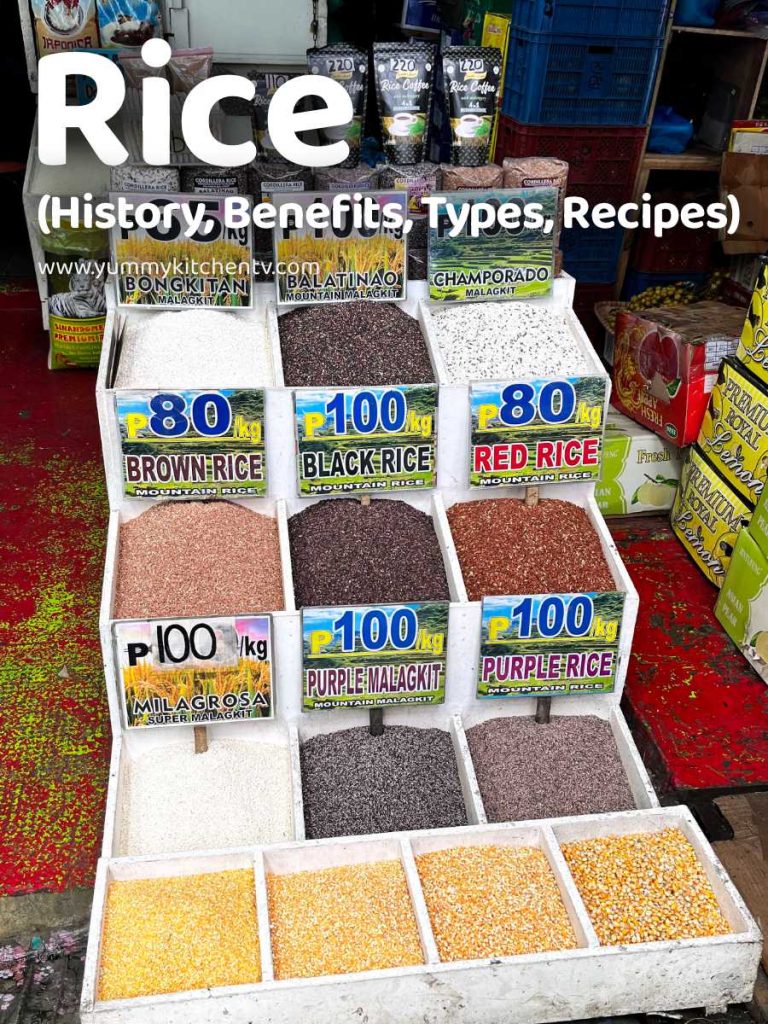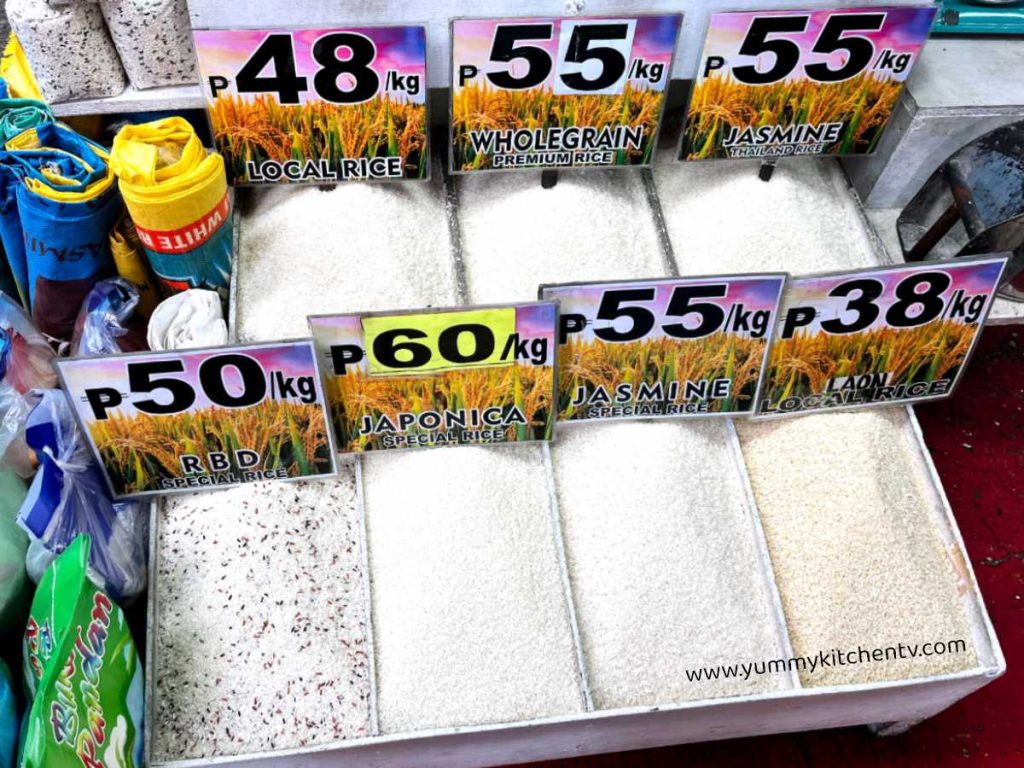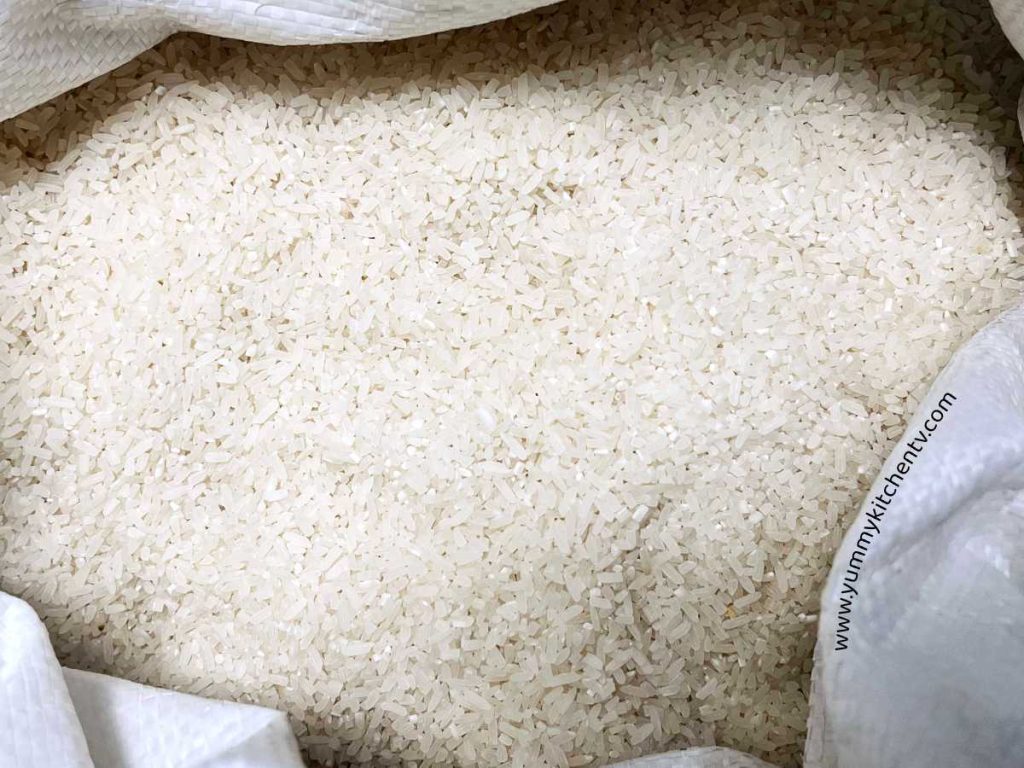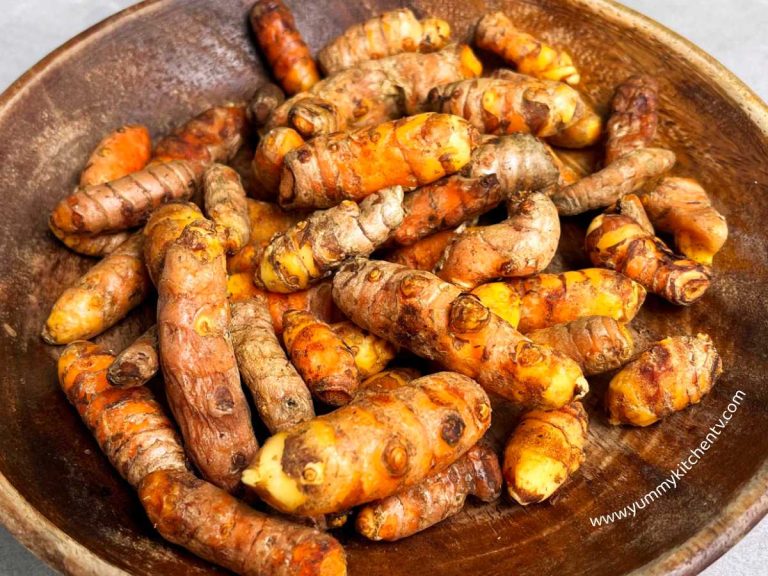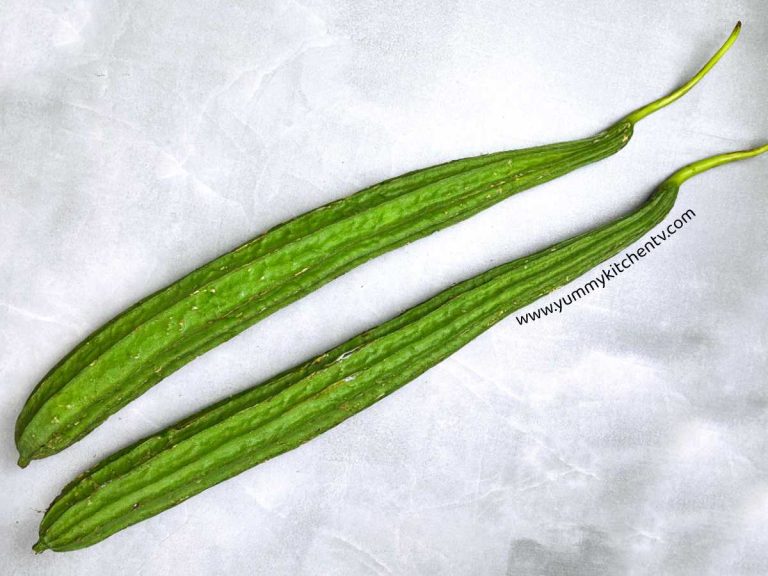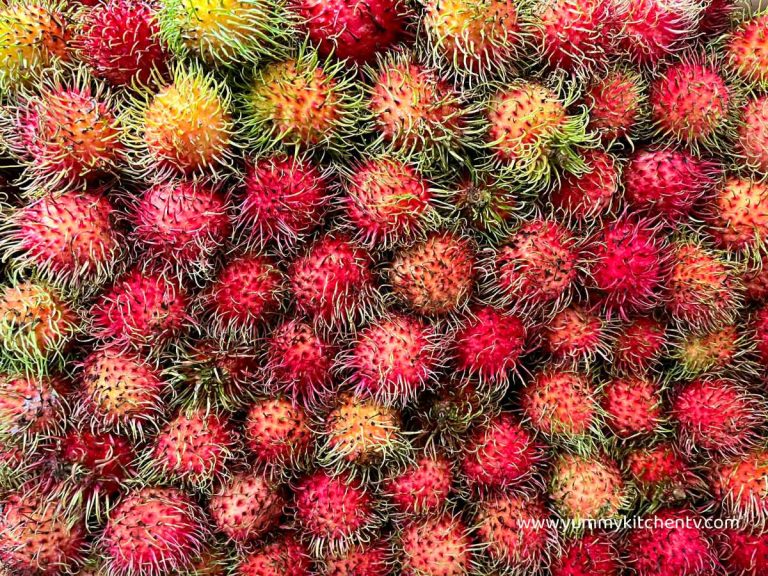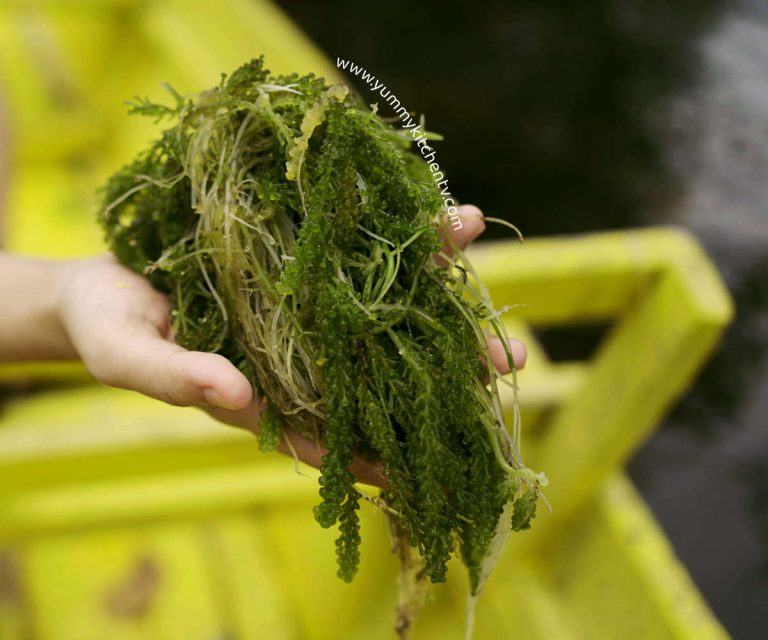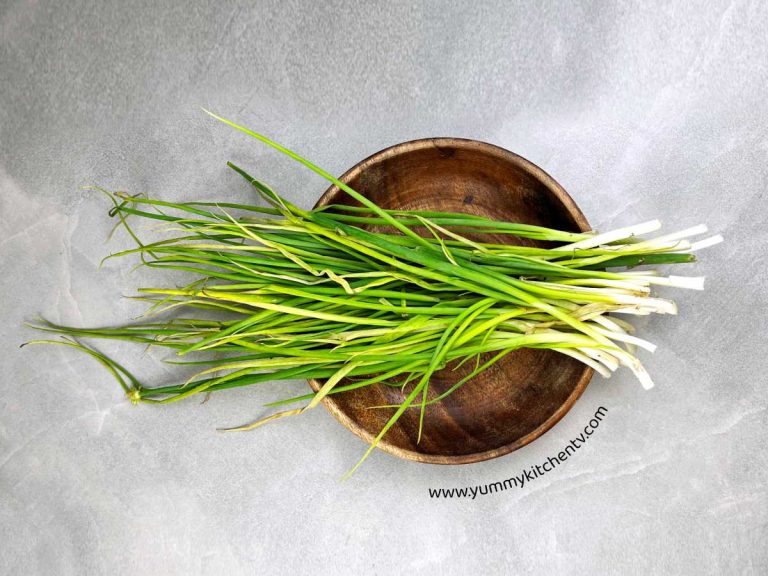Rice – A Filipino Pantry Essential
There are different types of Rice in the Philippines, from the daily white grain, to the healthier red, brown or black grains. To the different sizes such as, long grain to short grain, and specific types of grains used to suit stews, fried rice, to use as desserts and many more. This tropical semi-aquatic plant, cereal grain, or grass plant (Oryza sativa under the Poaceae family). A staple to almost more than a hundred countries around the world. It has a variety that are more common to each specific country or region, with some studies stating that there are around 40,000 varieties worldwide. An ingredient enjoyed by many since centuries ago. The pantry essential ‘rice’ pairs perfectly with almost every dish, is packed with energy, nutrients, and showcases endless culinary possibilities.
A Short Introduction
Eaten in every part of the world due to its feasibility to grow in different conditions, and its versatility to provide and produce different dishes that suit different diets and cuisines. This little grain goes as far back as 2500 BC, documented as both a source of food, in folklore, and tradition. Starting from China to the surrounding areas, it spread and cultivated throughout India and Sri Lanka, passed to Greece and areas around the Mediterranean, then through Southern Europe and North Africa which was then brought to the New world. Making a stamp in almost every cuisine.
The myths surrounding how rice came to be varies from country to country. In China, these were said to be a gift from animals. After a flooding of plants, destroying all the food resources. A dog ran from the fields to the people with seeds hanging on its tail, these were then planted and rice grew and helped them through the famine. From Myanmar, the kachins were sent to the center of the earth with rice seeds, and were guided to the perfect land to grow the seeds. And in Bali, the god Vishnu made the Earth give birth to rice and the god Indra helped teach the people how to raise it. With many more lores from different countries on how rice started.
A cereal grain consumed by almost more than half of the whole world’s population, eaten as a side to the main dish, to soak up soups and sauces, fried and made into an easy go to dish in the mornings to late night dinners, to desserts made by mashing the soft cooked grains and turning it into paste or crushing dry grains into powder, which it turn makes it popular desserts like mochi or popular snacks like tteokbokki, to simmering in sweet liquids or coconut water to make mango sticky rice.
How is Rice made?
The big question of ‘Where does rice come from and how is it grown?’ The semi-aquatic plant grains used are soaking the seeds in water, some transplanting these into paddies. Constantly irrigated to help it grow in the loam soils and heavy clay which are great for keeping water. The crop then grows to a height of almost 4 feet, looking like long slender green grass after almost 3 months of planting. Irrigated again with the method that suits the land or region. The plant will keep growing till it’s ready to be harvested, signs to know when it’s mature or ready is that the grains that appear on the top of the plant turns yellow and the whole ‘stalk’ slightly droops. They are then cut, sometimes using a machine to help quickly separate the grain from the stalks. Bright to facilities or in some countries outside homes to air dry, trying to remove as much moisture as they can before being stored then milled to remove the inedible hulls ( the yellow covering or outer shell of the grain). Some rice types are processed once again to ensure the quality. After, the grains are then ready to be packaged, vacuum sealed in plastic bags, or in large plastic sacks, are sent to the grocery stores, restaurants, and some directly to homes.
Benefits to eating rice
This ingredient isn’t just a delicacy, it’s also a rich source of carbohydrates, made to fuel the body. Keeping you energized. But there are even more results to consuming rice.
- Is gluten-free and anti-inflammatory. Great for people who have celiac disease, and those who can’t handle flour in their diet.
- Prevents constipation, being a high fiber crop, also used to help eliminate water from the body to help urinate more frequently, and lose weight.
- Also as a high fiber food, it helps reduce the risk of cancer because it not only lowers blood pressure, it keeps the body’s digestive tract healthy.
- It has a good amount of carbohydrates that are used by the body for energy. This also ensures proper brain function.
- Great for the nervous system, rice is a good source of vitamin B. It helps produce neurotransmitters to regulate biological processes.
Popular types of Rice
This agricultural commodity has a long long list of types. Each is used for a specific dish, but are also interchangeable if one is not available. This is what makes this ingredient so great, it’s not only easy to procure, but in certain times, also easy to replace with one another.
- Basmati rice is long and dry, with a nutty aroma. Common in Asian and Indian recipes.
- Jasmine, cultivated in Thailand, has a pleasant floral aroma, a long grain with a soft and fluffy texture when cooked. Some people use these as rice for sushi.
- Arborio, a medium grain grown in Italy, with high starch content and is cooked to a sticky but chewy consistency.
- Brown rice, a whole grain that has a slight tan color with a nutty taste, a better source of fiber, vitamins, and minerals.
- Red Rice, richly colored and partially hulled red colored grains that got popular for its weight loss properties, has similar properties to the braon colored grains, with a higher nutritional value.
- Black rice, also called the ‘Forbidden rice’ gets its color from the same antioxidant in blackberries and blueberries. A mildly earthy and nutty flavor used in Chinese dishes for its health giving properties.
- Sticky Rice, more commonly known as ‘glutinous rice’ or ‘sweet rice’, is a long grain with low starch content and is cooked to a very sticky texture with a subtle sweet taste. Commonly used in Asian dishes.
Filipino ‘Kanin’ based dishes
‘Kanin’ or rice in Tagalog, is an integral part of the Filipino livelihood and daily living. The earliest evidence of kanin in the Philippines dates back to around 3400 BC. The iconic landmark “Banaue Rice Terraces’ was created specifically for the cultivation of kanin. While it might not be as dazzling as its glory days, the area has still lasted and kept its beauty, which made it a UNESCO world heritage site. Still, kanin is the top most essential food in the Philippines. A staple, being a primary choice for almost every Filipino household, a scoop of kanin can be turned into so many things, creative dishes like below are just some examples on how beloved rice is to the Philippines. Here are sample on how to cook rice:
- Sinangag, or Filipino garlic fried rice, The most popular way to use rice in the Philippines, a great way to use up ingredients and cold kanin in the fridge. A simple but flavorful way to use this delicious grain, and always brings a smile to breakfast lovers.
- Champorado, or sweet chocolate porridge, a delightful breakfast example made from tablea chocolates, sugar or other sweeteners, and kanin simmered with coconut milk, drizzled with some evaporated milk for more sweetness.
- Arroz Caldo, a go to warm meal for late night dinners when you’re out of time. Made with a chicken broth base, infused with garlic, ginger and other seasonings, topped with green onions and a boiled egg to complete this meal.
- Suman, a popular steamed cake made of glutinous rice sometimes with the addition of a sweetener sometimes palm or muscovado and other flavorings, shaped and placed in banana leaves to give it an added earthy flavor and aromatic boost.
- Biko, a filling traditional Filipino sweet ‘kakanin’ dessert, made with sticky rice, coconut cream, sometimes layered with a sweet sauce made of coconut sugar on top.
- Puto, a simple small cupcake made of the ‘grain’ flour, cooked with coconut or evaporated milk, steamed and topped with cheese to complete the sweet and salty combo.
- Sapin Sapin, another dish made with rice flour, it’s a layered kakanin cake snack flavored and made colorful with ube, jackfruit, coconut, cassava and sometimes other flavorings, decorating the snack with its respective colors.
- Using cold or overnight rice for fried rice recipes such as : Egg fried rice (Yang Chow), kimchi fried rice, chorizo and many more.
- Aside from just enjoying this ingredient freshly cooked from the rice cooker or rice in an instant pot. Other desserts that are popular around the world are rice pudding recipes, rice and chicken casserole, chicken fried rice, and jollof rice.
A Filipino meal can never be completed without a plate of this white filling deliciousness. From birth, these white grains has been embedded in our diet since the dawn of time. For breakfast, lunch or dinner, and even made to an afternoon snack to filling desserts. You’ll be sure to catch one or many eating this important food crop anywhere in the Philippines.
#Rice #StapleFood #HealthyGrains #VersatileIngredients #ComfortFood #RiceLovers #GlobalCuisine #NutrientRich #CulinaryEssentials #FoodStaple


